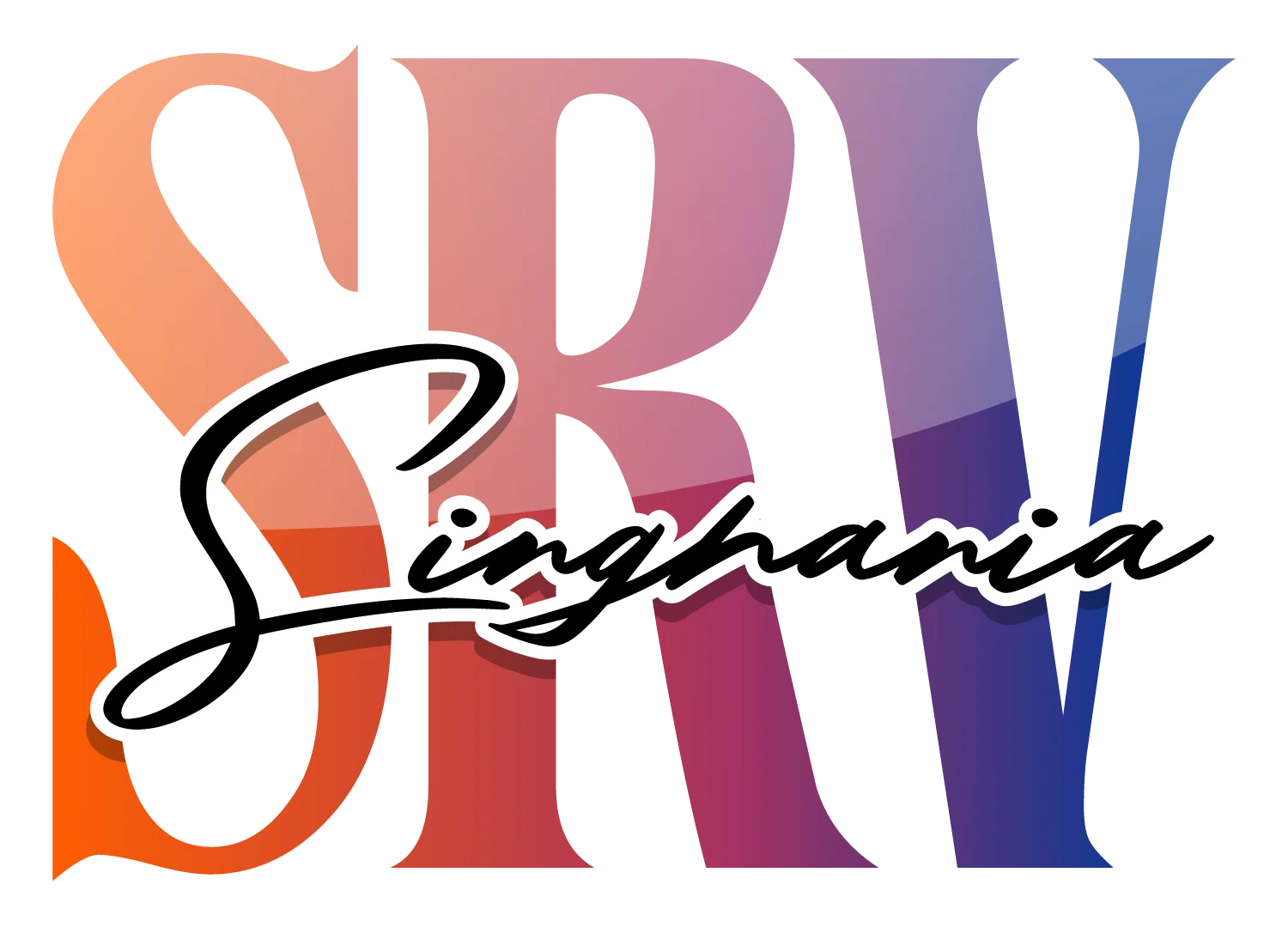
The Biggest Marketing Challenges faced by SaaS Companies
Author: Saurav (Srv) Singhania | 5 mins read
As the SaaS market continues to grow in the US, companies face increasing competition and a rapidly evolving digital landscape. Effective marketing is essential for acquiring customers, building brand recognition, and driving growth. However, several significant challenges make this task daunting for many SaaS companies.
Recognizing these challenges is the initial step in creating strategies to address them. From customer acquisition costs to standing out in a crowded market, SaaS companies must navigate a complex array of obstacles. In this blog, we will delve into the biggest marketing challenges facing US SaaS companies and explore potential solutions to address these issues.
To acquire customers, SaaS companies often invest heavily in digital marketing, paid advertising, and sales teams. These investments can add up quickly, especially when targeting high-value enterprise customers. Additionally, the long sales cycles typical of SaaS products further inflate CAC, making it challenging for companies to achieve profitability.
With new SaaS companies entering the market regularly, competition is fierce. Differentiating your product and capturing the attention of potential customers requires innovative marketing strategies and a clear value proposition. Companies must continuously analyze competitors and adapt their tactics to maintain a competitive edge.
To stay relevant, SaaS companies must regularly update their products and marketing approaches to leverage new technologies and meet changing customer expectations. This rapid pace of change demands agility and a willingness to experiment with new marketing channels and techniques.
Customer retention involves maintaining strong relationships and ensuring ongoing satisfaction with the product. SaaS companies must invest in customer success teams, provide continuous support, and regularly update their offerings to meet evolving customer needs. Effective retention strategies decrease churn and increase the lifetime value of customers.
SaaS companies need robust analytics tools to gather and analyze data from various marketing activities. Understanding which strategies yield the best return on investment (ROI) enables companies to allocate resources more efficiently and refine their marketing tactics.
Building a strong brand presence demands consistent and strategic marketing initiatives. Companies should utilize content marketing, social media, partnerships, and public relations to boost visibility and credibility. Creating a recognizable brand aids in attracting and retaining customers over the long haul.
To stand out, SaaS companies must clearly communicate their unique value proposition. This involves highlighting distinct features, superior customer service, or innovative solutions that address specific pain points. Effective differentiation helps in attracting the right target audience and justifying pricing strategies.
SaaS companies must set realistic expectations through transparent marketing and communication. Overpromising and underdelivering can lead to dissatisfaction and churn. Regularly collecting and acting on customer feedback helps in aligning the product with customer needs and expectations.
By understanding and proactively tackling these marketing challenges, SaaS companies can position themselves for success in a competitive market. Continuous innovation, strategic investment in marketing efforts, and a deep understanding of customer needs are key to overcoming these obstacles and achieving sustained growth.
Looking for expert guidance? Connect with a marketing strategist to refine your SaaS growth strategy.
Recognizing these challenges is the initial step in creating strategies to address them. From customer acquisition costs to standing out in a crowded market, SaaS companies must navigate a complex array of obstacles. In this blog, we will delve into the biggest marketing challenges facing US SaaS companies and explore potential solutions to address these issues.
What are the Biggest Marketing Challenges faced by SaaS Companies?
- High Customer Acquisition Costs
- Intense Market Competition
- Rapid Technological Changes
- Retaining Customers
- Measuring Marketing Effectiveness
- Building Brand Awareness
- Differentiating the Product
- Managing Customer Expectations
1. High Customer Acquisition Costs
Customer acquisition costs (CAC) for SaaS companies can be prohibitively high. This is primarily due to the competitive nature of the market and the need for extensive marketing efforts to attract and convert leads.To acquire customers, SaaS companies often invest heavily in digital marketing, paid advertising, and sales teams. These investments can add up quickly, especially when targeting high-value enterprise customers. Additionally, the long sales cycles typical of SaaS products further inflate CAC, making it challenging for companies to achieve profitability.
3. Intense Market Competition
The SaaS market is saturated with numerous players offering similar solutions, making it difficult for any single company to stand out.With new SaaS companies entering the market regularly, competition is fierce. Differentiating your product and capturing the attention of potential customers requires innovative marketing strategies and a clear value proposition. Companies must continuously analyze competitors and adapt their tactics to maintain a competitive edge.
3. Rapid Technological Changes
The SaaS industry is characterized by constant technological advancements, which can make it challenging to keep marketing strategies up to date.To stay relevant, SaaS companies must regularly update their products and marketing approaches to leverage new technologies and meet changing customer expectations. This rapid pace of change demands agility and a willingness to experiment with new marketing channels and techniques.
4. Retaining Customers
While gaining new customers is vital, retaining current ones is just as essential for sustained success. High churn rates can significantly hinder growth initiatives.Customer retention involves maintaining strong relationships and ensuring ongoing satisfaction with the product. SaaS companies must invest in customer success teams, provide continuous support, and regularly update their offerings to meet evolving customer needs. Effective retention strategies decrease churn and increase the lifetime value of customers.
5. Measuring Marketing Effectiveness
Tracking and measuring the effectiveness of marketing efforts can be complex, especially with multiple channels and touchpoints involved in the customer journey.SaaS companies need robust analytics tools to gather and analyze data from various marketing activities. Understanding which strategies yield the best return on investment (ROI) enables companies to allocate resources more efficiently and refine their marketing tactics.
6. Building Brand Awareness
For newer SaaS companies, building brand awareness in a crowded market can be a significant challenge.Building a strong brand presence demands consistent and strategic marketing initiatives. Companies should utilize content marketing, social media, partnerships, and public relations to boost visibility and credibility. Creating a recognizable brand aids in attracting and retaining customers over the long haul.
7. Differentiating the Product
Differentiating a SaaS product from competitors is crucial but can be difficult when many solutions offer similar features.To stand out, SaaS companies must clearly communicate their unique value proposition. This involves highlighting distinct features, superior customer service, or innovative solutions that address specific pain points. Effective differentiation helps in attracting the right target audience and justifying pricing strategies.
8. Managing Customer Expectations
Ensuring that customer expectations align with the actual product experience is vital for maintaining satisfaction and loyalty.SaaS companies must set realistic expectations through transparent marketing and communication. Overpromising and underdelivering can lead to dissatisfaction and churn. Regularly collecting and acting on customer feedback helps in aligning the product with customer needs and expectations.
Conclusion
The marketing landscape for US SaaS companies is fraught with challenges, from high customer acquisition costs to intense competition and rapidly changing technology. Addressing these challenges requires a multifaceted approach that includes effective customer retention strategies, robust analytics, and a strong focus on brand building and differentiation.By understanding and proactively tackling these marketing challenges, SaaS companies can position themselves for success in a competitive market. Continuous innovation, strategic investment in marketing efforts, and a deep understanding of customer needs are key to overcoming these obstacles and achieving sustained growth.
Looking for expert guidance? Connect with a marketing strategist to refine your SaaS growth strategy.
Saurav (Srv) Singhania, a Marketing & Branding Strategist, Business Growth Consultant, and SEO Expert with 9+ years of experience since 2016, drives brands forward with creative, data-driven solutions for branding, SEO, social media, performance marketing, funnel optimization, budget management, and lead generation, ensuring sustainable growth across all channels.

Strategy That Transforms ✨
×
Explore More Resources
Insightful Blogs.
More than just articles
Read expert tips and strategies to boost your marketing game.
Browse My eBooks.
Beyond just insights.
Unlock strategies and techniques that drive marketing success.
Free Marketing Tools.
Your toolkit for success
Access tools to enhance your marketing efforts, all for free.
Need to amplify your brand voice?
Srv Singhania is the Global Marketing & Branding Strategist.




